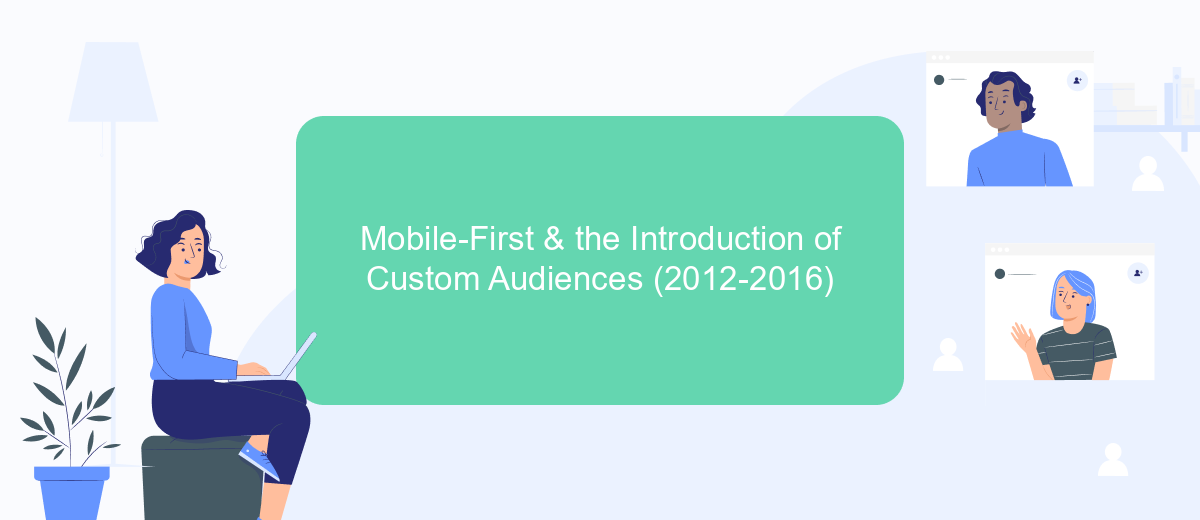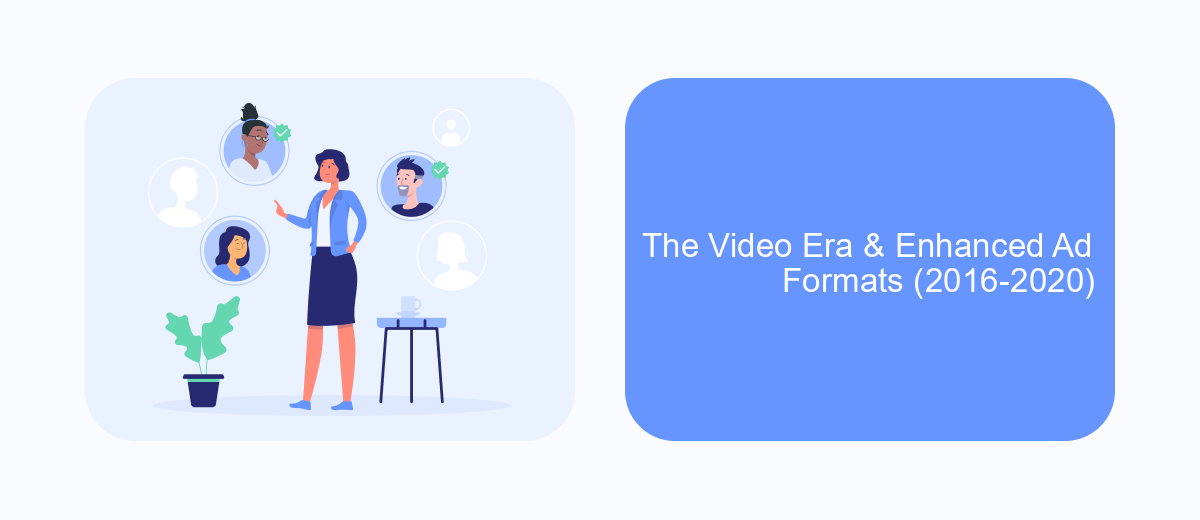Facebook Ads have revolutionized the way businesses connect with their audiences since their inception in 2007. Initially launched as a simple advertising platform, it has evolved into a sophisticated tool that leverages user data to deliver highly targeted ads. This article explores the history of Facebook Ads, tracing its development from its early days to becoming a cornerstone of digital marketing strategy worldwide.
The Early Days: Targeting & Simplicity (2004-2007)
In its nascent years, Facebook Ads laid the foundation for a new era of digital marketing. Launched in 2004, the platform offered a simple yet effective way for businesses to reach their target audience. The main focus was on user engagement and creating a personalized experience. This period was marked by the introduction of basic targeting options, allowing advertisers to reach users based on their location, age, and interests.
- 2004: Facebook Ads launched, introducing basic targeting features.
- 2005: Expansion of targeting options to include demographics and interests.
- 2006: Introduction of self-service ad platform, simplifying ad creation.
- 2007: Launch of Facebook Pages, allowing businesses to engage directly with users.
These early innovations set the stage for Facebook's advertising dominance. The emphasis on targeting and simplicity allowed businesses of all sizes to connect with potential customers in a more meaningful way. By focusing on user data and engagement, Facebook transformed advertising into a more personalized and efficient process, paving the way for future advancements in digital marketing.
Rise of the News Feed & Targeting Advancements (2007-2012)

Between 2007 and 2012, Facebook underwent significant transformations with the introduction of the News Feed, which revolutionized how users interacted with content. This feature allowed for a continuous stream of updates, making it easier for users to engage with posts from friends, family, and brands. As the platform grew, Facebook focused on improving its advertising capabilities, providing businesses with more effective ways to reach their target audience. The News Feed became a vital space for advertisers, offering prime real estate for ads that seamlessly integrated with user content.
During this period, Facebook made substantial advancements in ad targeting, enabling businesses to refine their audience based on demographics, interests, and behaviors. These enhancements allowed advertisers to deliver more relevant ads, increasing engagement and conversion rates. Services like SaveMyLeads emerged to support businesses in optimizing their Facebook Ads campaigns by automating lead data integration. This automation ensured that leads were efficiently captured and managed, allowing marketers to focus on strategy and creative development. The combination of a dynamic News Feed and sophisticated targeting set the stage for Facebook's dominance in the digital advertising space.
Mobile-First & the Introduction of Custom Audiences (2012-2016)

From 2012 to 2016, Facebook Ads underwent significant transformations, particularly with a mobile-first approach. As mobile devices became the primary means of accessing the internet, Facebook recognized the need to optimize its advertising platform for mobile users. This shift was crucial, as it allowed advertisers to reach their audience more effectively, capitalizing on the growing trend of mobile internet usage. The mobile-first strategy ensured that ads were seamlessly integrated into users' feeds, enhancing user experience and engagement.
- In 2012, Facebook introduced mobile app install ads, enabling advertisers to drive app downloads directly from the platform.
- By 2013, Facebook launched Custom Audiences, allowing advertisers to target users based on their email addresses, phone numbers, or Facebook user IDs.
- In 2014, Facebook introduced Lookalike Audiences, expanding targeting capabilities by reaching users similar to existing customers.
- By 2015, video ads became a focal point, with Facebook optimizing video content for mobile consumption.
- In 2016, Facebook introduced Dynamic Ads, which automatically promoted products to people who expressed interest on a business's website or app.
These innovations not only enhanced the targeting precision and reach of Facebook Ads but also cemented Facebook's position as a leader in mobile advertising. By prioritizing mobile-first strategies and introducing Custom Audiences, Facebook empowered advertisers to connect with their desired audience more effectively, driving higher engagement and conversion rates.
The Video Era & Enhanced Ad Formats (2016-2020)

Between 2016 and 2020, Facebook Ads underwent a significant transformation with the rise of video content. As users increasingly engaged with video, Facebook adapted by prioritizing video ads, allowing businesses to capture attention with dynamic storytelling. This shift was driven by the platform's algorithm changes, which favored video content in users' feeds, leading to higher engagement rates and broader reach.
During this period, Facebook also introduced enhanced ad formats to cater to diverse marketing needs. These formats provided businesses with more creative freedom and opportunities to engage users in innovative ways. The introduction of these formats marked a pivotal moment in Facebook's advertising strategy, as it sought to offer advertisers more sophisticated tools to connect with their audiences.
- Carousel Ads: Enabled advertisers to showcase multiple images or videos within a single ad.
- Slideshow Ads: Offered a lightweight alternative to video, using images to create motion-based ads.
- Collection Ads: Combined video and product catalog, allowing users to explore and purchase products seamlessly.
- Playable Ads: Provided an interactive experience, allowing users to engage with a demo of a game or app before downloading.
These innovations not only enhanced user engagement but also allowed advertisers to experiment with storytelling techniques. By integrating video and interactive elements, Facebook Ads became a more versatile and effective tool for brands looking to connect with their audiences in meaningful ways.
Privacy, Automation & the Future of Facebook Ads (2020-Present)
Since 2020, privacy concerns have significantly influenced the evolution of Facebook Ads. With increasing regulations like GDPR and CCPA, Facebook has implemented stricter privacy controls, giving users more transparency and control over their data. These changes have challenged advertisers to adapt their strategies to maintain effective targeting while respecting user privacy. As a result, Facebook Ads has leaned heavily into machine learning and automation to optimize ad delivery, ensuring that ads reach the most relevant audiences without compromising user privacy.
The future of Facebook Ads is increasingly intertwined with automation and integration. Tools like SaveMyLeads facilitate seamless integration of Facebook Ads with various platforms, enabling businesses to automate lead processing and improve campaign efficiency. As privacy regulations continue to evolve, the reliance on automated solutions will grow, allowing advertisers to navigate complex privacy landscapes while maintaining effective ad performance. This shift towards automation not only enhances the scalability of campaigns but also empowers advertisers to focus on creative strategies and customer engagement.
FAQ
What is Facebook Ads History?
How can I view my Facebook Ads History?
Why is Facebook Ads History important for advertisers?
Can I automate and integrate my Facebook Ads data with other platforms?
How can I ensure my Facebook Ads comply with privacy regulations?
Personalized responses to new clients from Facebook/Instagram. Receiving data on new orders in real time. Prompt delivery of information to all employees who are involved in lead processing. All this can be done automatically. With the SaveMyLeads service, you will be able to easily create integrations for Facebook Lead Ads and implement automation. Set up the integration once and let it do the chores every day.
